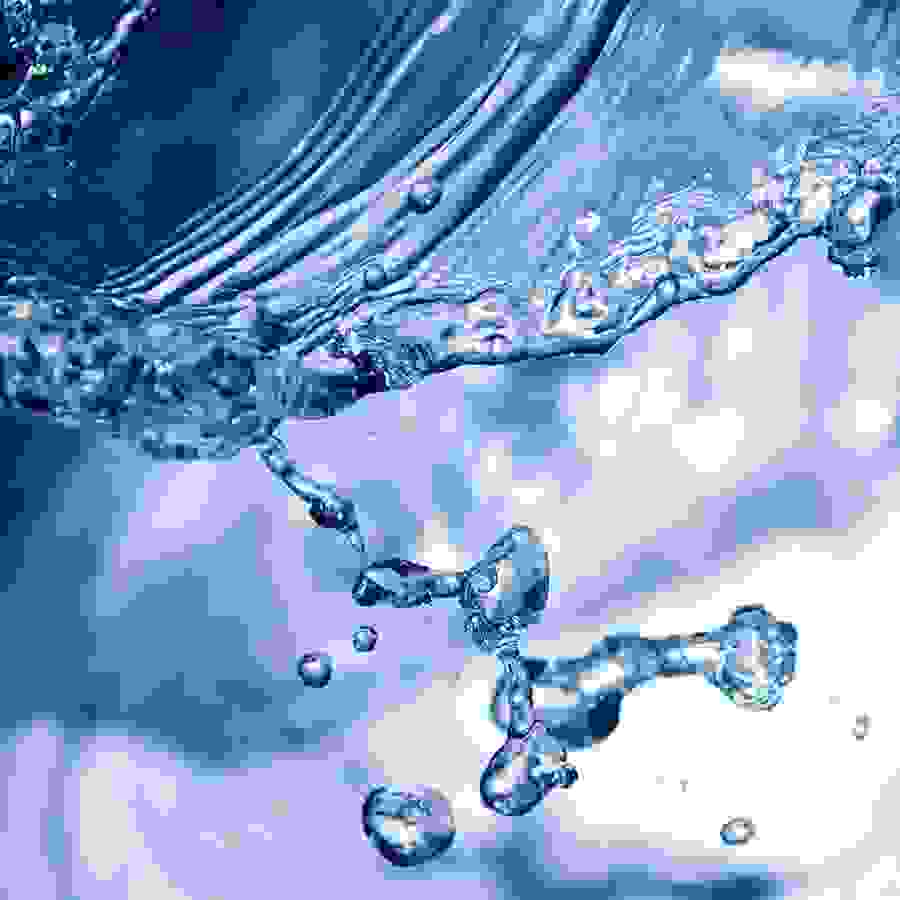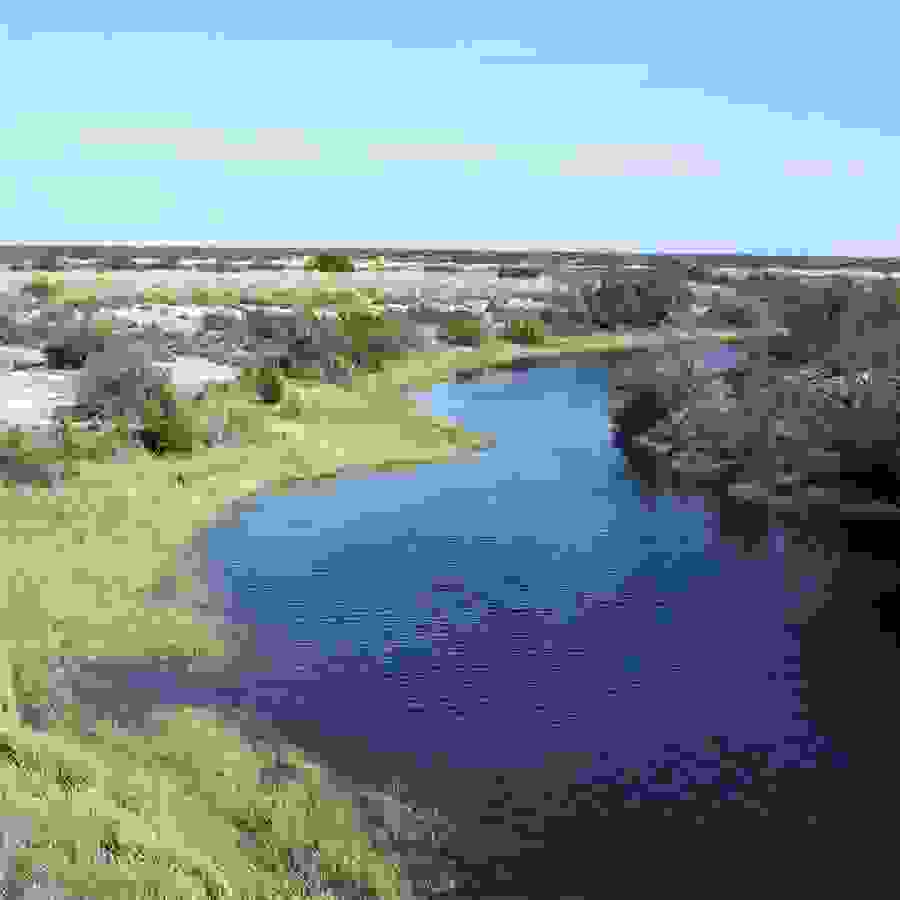By Leslie Lee
One way the Texas Water Resources Institute (TWRI) contributes to water security in Texas is by monitoring water quality in rivers and streams that are subjects of watershed restoration processes. Healthy watersheds help keep regional water supplies clean and plentiful.
When a watershed restoration project begins, TWRI professionals typically conduct water quality monitoring at several locations in a watershed approximately once every two weeks for two years. All of this monitoring results in a thorough knowledge of real-time water quality at different spots along a watershed’s rivers or streams. Along with input from local stakeholders and state and federal agencies, that data informs the development of a watershed protection plan or total maximum daily load.
TWRI’s water quality monitoring process typically involves:
- Sample Collection: The team uses a sterile water sampling bag to collect a grab sample from the river or stream for quality testing and analysis at an accredited lab. Testing generally includes nutrients and E. coli but can be expanded to include other constituents.
- Instream Conditions: A multiparameter water quality sonde is used to instantaneously measure temperature, pH, dissolved oxygen and specific conductance. These are important measures in gauging general water body health.
- Flow data: In shallow water, a hand-held Doppler flow meter is used. The team uses the floating river surveyor, which looks like a small boat, to measure flow when water is too deep to wade into.Taking multiple flow readings provides a clearer picture of flow rates throughout the entire water body, which helps the researchers make an accurate bacteria or nutrient load estimate for the river.
- Ambient Conditions: The team records a number of ambient water body and watershed conditions during each monitoring event, including weather conditions, aesthetic metrics, physical water conditions and current water body usage.
This collection of photos shows TWRI’s monitoring team collecting samples and measuring conditions along the Navasota River watershed and Big Elm Creek in the Little River watershed.
Beginning in 2002, the Texas Integrated Report of Surface Water Quality identified portions of the Navasota River and a number of its tributaries as having elevated levels of E. coli that do not comply with the state’s recreational water quality criteria. Since then, E. coli levels have remained above the state’s water quality standard.
TWRI has helped lead the Navasota River Water Quality Improvement project since 2014 and recently completed development of the Navasota River Below Lake Limestone Watershed Protection Plan. The plan was recently accepted by the U.S. Environmental Protection Agency.
The plan was informed by the data collected during dozens of water quality monitoring trips, such as those depicted in the photos below.

















